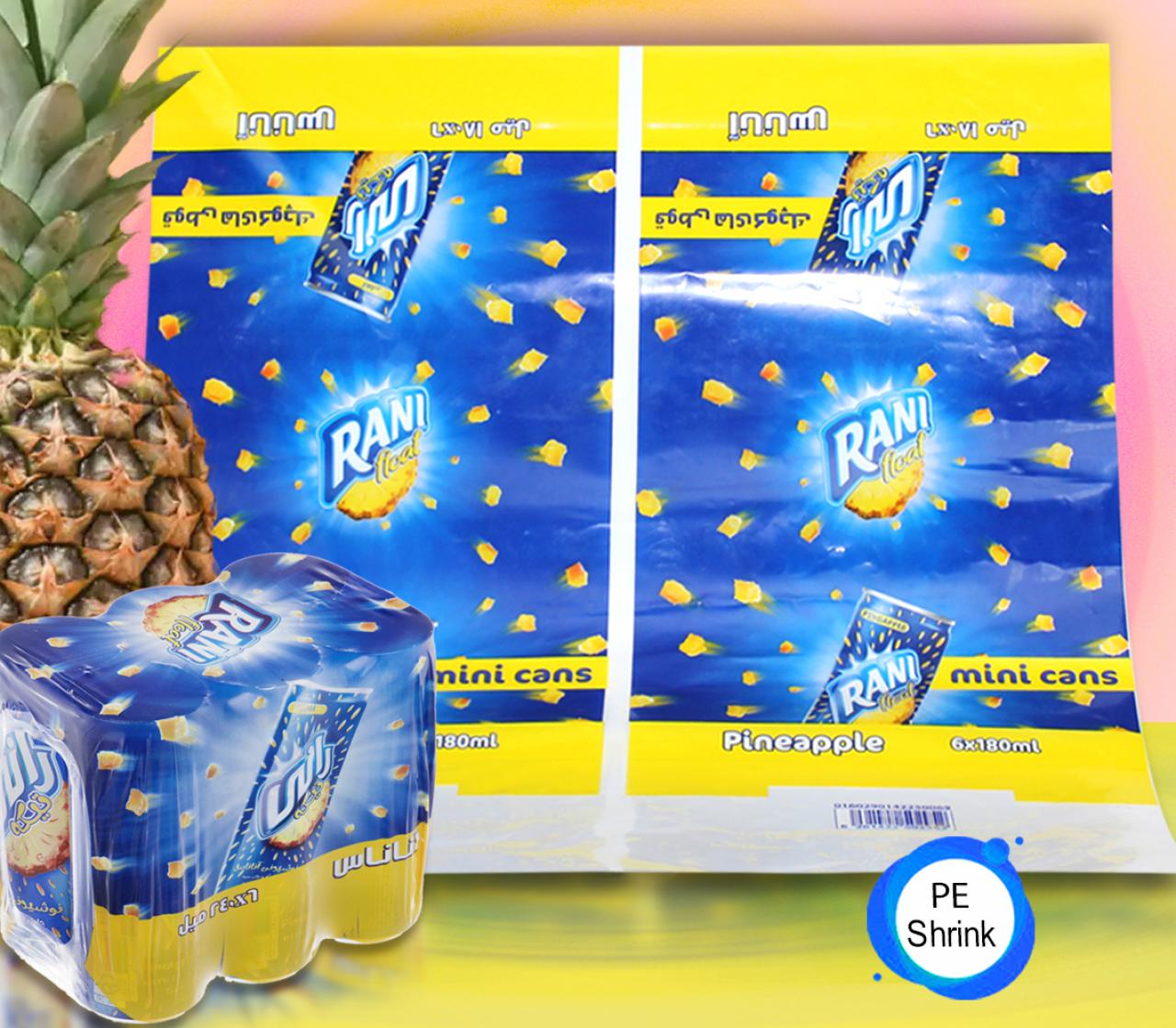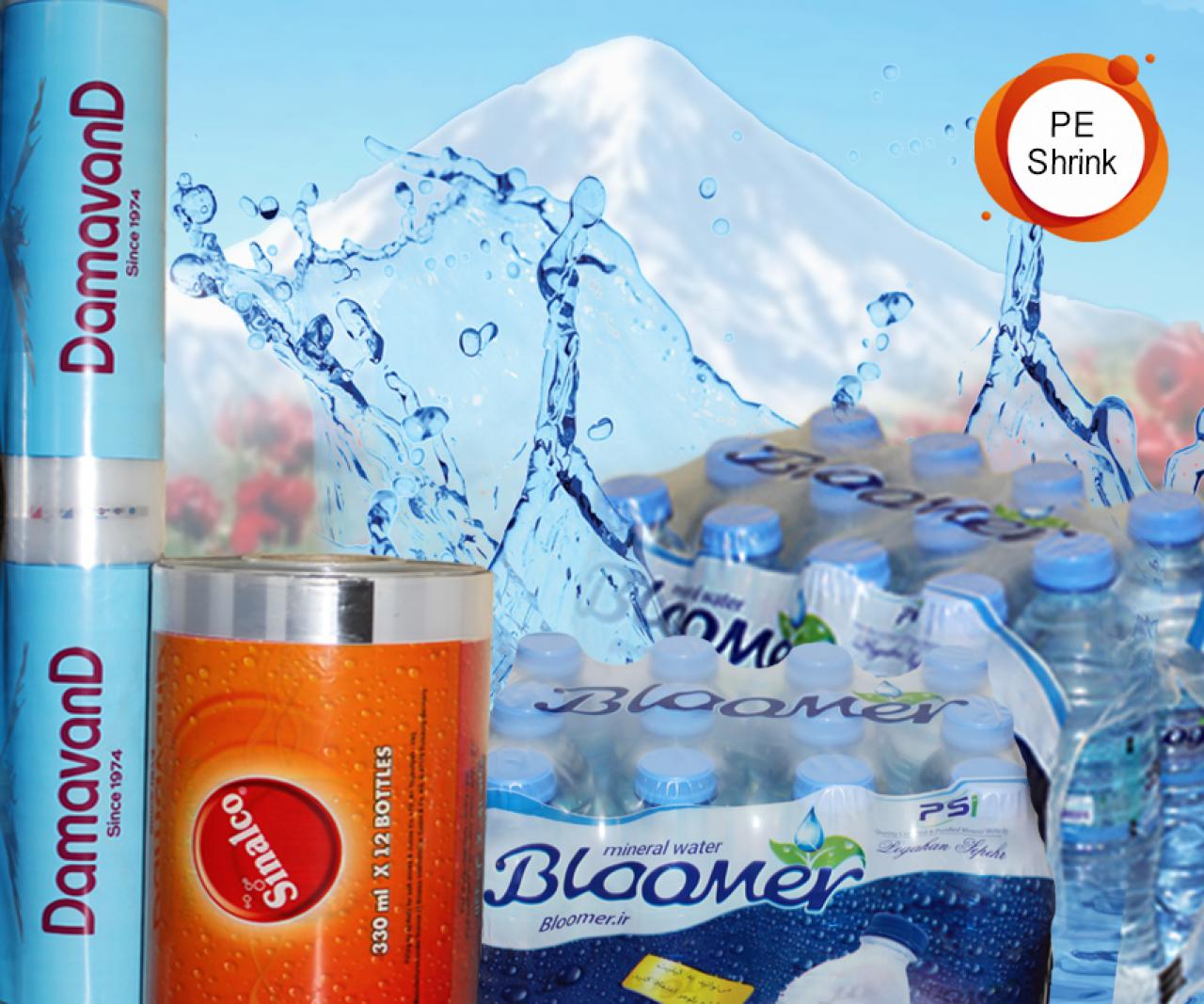shrink film
About Shirink film
You may be familiar with shrink film, but are you familiar with printed shrink film? While shrink film is a great material to package your products with, adding print directly to your packaging film takes things to the next level!

What are the differences between printed and non-printed shrink film? What are the pros, cons and applications that printed shrink film can best be used for? Is it a good fit for your packaging line and your products?
There are two main types of printed shrink film. Polyolefin and polyethylene. Polyethylene shrink film, which is most commonly sold by OEMs, is thicker than Polyolefin. Polyolefin shrink film is more commonly sold by distributors and tends to produce a tighter shrink on the products it is used to package.

At its core, printed shrink film is practically identical to a non-printed film. However, unlike regular shrink film, printed films have the ability to place branding imagery and eye catching graphics directly on the packaging. Printed polyolefin shrink film negates the need for labels and spruces up the packaging with colorful graphics.
It is used by many high-volume CPG businesses and is an important option. Printed shrink film has a minimum order quantity (MOQ) and may not be a good fit for low-volume applications. The minimum order for printed shrink film is generally around 50,000 impressions. An impression is te length of film to wrap one bundle.
Printed shrink film has a significantly greater shelf appeal as it can be printed with full color, high quality graphics and imagery. This makes it far more eye-catching to consumers than non-printed shrink film. In this respect, it is also superior to paperboard boxes in regards to carbon footprint, visibility and shipping cost.
Settings
Tags
shrink film paper shrink film walmart shrink film hobby lobby shrink film roll shrink film near me shrink film bags shrink film keychains shrink film michaels shrink film amazon shrink film art shrink film art ideas shrink film applications shrink film australia shrink film alternative shrink film adalah shrink film aliexpress the shrink film shrink film by grafix shrink film bands shrink film shrink film biodegradable shrink film bunnings shrink film bottle shrink film blow up ratio
shrink film paper shrink film walmart shrink film hobby lobby shrink film roll shrink film near me shrink film bags shrink film keychains shrink film michaels shrink film amazon shrink film art shrink film art ideas shrink film applications shrink film australia shrink film alternative shrink film adalah shrink film aliexpress the shrink film shrink film by grafix shrink film bands shrink film shrink film biodegradable shrink film bunnings shrink film bottle shrink film blow up ratio